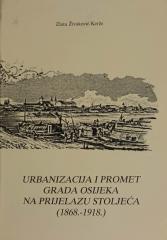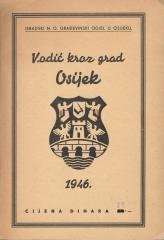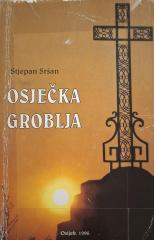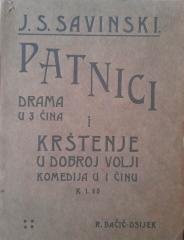
Župna crkva sv. Petra i Pavla u Osijeku
Knjiga detaljno opisuje istoriju, izgradnju i značaj ove neogotičke konkatedrale, jedne od najvećih sakralnih građevina u Hrvatskoj. Smeštena u Gornjem gradu Osijeka, crkva je simbol duhovnog i kulturnog identiteta grada.
Na mestu sadašnje crkve nalazilo se groblje i mala kapela, a 1732. godine izgrađena je barokna parohijska crkva. Kako je Osijek rastao u 19. veku, crkva je postala premala i neadekvatna, što je podstaklo biskupa Josipa Juraja Štrosmajera da pokrene inicijativu za izgradnju nove 1866. godine. Konkurs za projekat je 1892. godine pobedio nemački arhitekta Franc Langenberg, ali nakon njegove smrti 1895. godine, izgradnju je preuzeo Ričard Džordan. Kamen temeljac je osveštan 1894. godine, a crkva je osveštana 1900. godine.
Crkva, izgrađena od 3,5 miliona cigli, ima toranj visok 94 metra i kapacitet za preko 3.000 vernika. Unutrašnjost je ukrašena neogotskom ornamentikom i freskama Mirka Račkog (1938–1942). Tokom Domovinskog rata 1991. godine, crkva je pretrpela veliku štetu od preko 100 projektila, ali je obnovljena. Godine 2008. postala je konkatedrala Đakovačko-Osiječke nadbiskupije.
Knjiga naglašava ulogu crkve kao duhovnog centra, ali i njenu otpornost na ratna razaranja, zemljotrese i istorijske izazove, čineći je simbolom jedinstva i trajnosti za Osijek.
Više primeraka je u ponudi





